Sunflower cultivation has gained immense popularity in Australia due to its adaptability to various soil and climate conditions. With a growing demand for these versatile crops, many Australian farmers are turning to bulk sunflower seed purchases for commercial growing purposes. This article aims to provide a comprehensive summary of bulk sunflower seeds for growing in Australia, covering various aspects such as types of sunflower seeds, benefits of bulk purchases, best practices for cultivation, and market trends. Types of Sunflower Seeds: Before delving into the benefits of purchasing sunflower seeds in bulk, it is essential to understand the different types available for cultivation in Australia. The two primary types are oilseed sunflowers and confectionery sunflowers. Oilseed sunflowers are primarily cultivated for their high oil content, while confectionery sunflowers are grown for their large, edible seeds. It is crucial for farmers to determine their intended use and select the most suitable variety accordingly. Benefits of Bulk Purchases: Bulk purchases of sunflower seeds offer several advantages to Australian farmers. Firstly, buying in bulk allows farmers to obtain seeds at a significantly lower cost per unit, making it a cost-effective choice. Moreover, bulk purchases ensure greater availability and accessibility of seeds, reducing the risk of seed shortages during planting seasons. Additionally, buying in bulk often offers the convenience of a one-time purchase, eliminating the need to source seeds repeatedly. Best Practices for Cultivation: Once suitable sunflower seeds are obtained, it is crucial to follow proper cultivation practices to ensure optimal yield and quality. Sunflowers thrive in well-drained soil with exposure to full sunlight, making it essential to choose a suitable location for planting. Adequate spacing between plants is crucial to provide ample airflow and sunlight. Furthermore, regular irrigation and weed control are vital for healthy plant growth. Lastly, incorporating appropriate fertilizers and insecticides is essential to minimize the risk of crop diseases and pests. Market Trends: The demand for sunflower seeds in Australia has witnessed a consistent rise in recent years. The market insights indicate a growing demand for sunflower oil, a versatile ingredient with various culinary and industrial applications. This trend is driving the need for increased sunflower cultivation, thus creating potential opportunities for sunflower seed farmers. Moreover, the growing popularity of healthy snacks and increased consumer awareness of the nutritional benefits of sunflower seeds have contributed to increased demand for confectionery sunflowers. The Australian sunflower market is highly competitive and influenced by global market dynamics. Farmers need to consider factors such as fluctuating oilseed prices, international trade policies, and changing consumer preferences. Staying updated with market trends can help farmers make informed decisions regarding cultivation practices, marketing strategies, and diversification opportunities. Tips for Successful Sunflower Farming: To ensure success in sunflower farming, Australian farmers should consider the following tips: 1. Prepare the Soil: Sunflowers thrive in well-drained soil, so proper soil preparation is vital. Conduct a soil test to determine its pH, fertility, and nutrient composition. Make necessary amendments to ensure optimal growing conditions. 2. Choose the Right Variety: Select sunflower varieties that are well-suited for the local climate conditions. Consider factors such as disease resistance, maturity, and market demand. 3. Planting and Spacing: Follow the recommended planting techniques and spacing guidelines based on the chosen sunflower variety. Proper spacing ensures adequate airflow, reduces fungal diseases, and promotes healthier overall plant growth. 4. Irrigation and Nutrient Management: Regular irrigation is essential, especially during the flowering and seed development stages. Proper nutrient management, including the application of organic and inorganic fertilizers, is crucial for optimal plant growth. 5. Pest and Disease Management: Monitor plant health throughout the growing season and promptly address any signs of pests or diseases. Utilize integrated pest management techniques, such as crop rotation, natural predators, and targeted insecticides, to protect the crop. Conclusion: Bulk sunflower seed purchases offer cost-effective and convenient options for commercial sunflower cultivation in Australia.
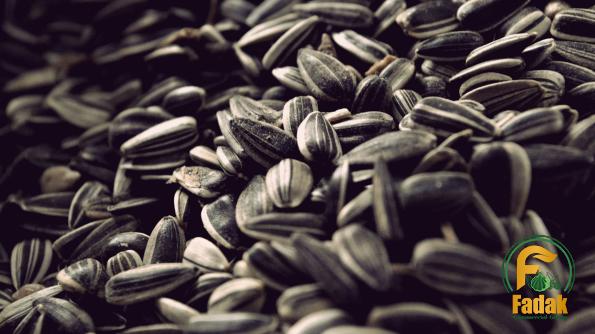
nut
 It is crucial for farmers to select suitable sunflower varieties, follow best cultivation practices, and stay updated with market trends to maximize yield and profitability. With proper planning, sunflower farming in Australia can be a rewarding venture that capitalizes on the increasing demand for sunflower products in both domestic and international markets.I. The Benefits of Bulk Sunflower Seed Purchases: Purchasing sunflower seeds in bulk offers several advantages for Australian farmers. Firstly, buying in bulk allows farmers to obtain seeds at a significantly lower cost per unit. This cost-effectiveness translates into higher profitability potential for sunflower farming operations. Bulk purchases also ensure greater availability and accessibility of seeds, reducing the risk of seed shortages during planting seasons. By purchasing a large quantity of seeds in one go, farmers can plan their planting schedules more efficiently without worrying about running out of supply. Additionally, bulk purchases provide convenience by eliminating the need to source seeds repeatedly. Farmers can save time and effort by making a single purchase and having a sufficient quantity of seeds to last multiple planting seasons. This streamlined procurement process can contribute to operational efficiency and smoother workflow management. II. Ensuring Seed Quality and Variety Selection: When buying sunflower seeds in bulk, ensuring the quality and choosing the right variety are of paramount importance. It is essential to source seeds from reputable suppliers or seed companies that maintain high-quality standards and provide reliable germination rates. Conducting background research, reading customer reviews, and seeking recommendations from fellow farmers can help identify trustworthy suppliers. Farmers should also carefully select the most suitable variety based on their intended use and local growing conditions. Factors such as disease resistance, maturity duration, and market demand should be considered when making variety choices. Engaging in discussions with local agricultural extension services and consulting experienced growers can provide valuable insights on selecting the right sunflower variety. III. Soil Preparation for Sunflower Cultivation: Preparing the soil adequately is crucial to maximize the potential yield and quality of sunflower crops. Sunflowers thrive in well-drained soil with good fertility, organic matter content, and a pH level between 6.0 and 7.5. Conducting a soil test prior to planting can help determine the soil’s nutrient composition, pH level, and any necessary amendments required for optimal growing conditions. Based on the soil test results, farmers should apply appropriate fertilizers and organic matter to enrich the soil’s nutrient content. Incorporating well-rotted farmyard manure or compost can help improve soil structure and fertility. Adequate soil preparation ensures a favorable environment for root development, nutrient uptake, and overall plant health. IV. Planting Techniques and Spacing Guidelines: Proper planting techniques and spacing are crucial for the successful cultivation of sunflower crops. Sunflowers require full exposure to sunlight throughout the day, so selecting a sunny location for planting is essential. Adequate spacing between plants is equally important to ensure ample airflow, minimize competition for resources, and reduce the risk of fungal diseases. The recommended spacing for most sunflower varieties is typically between 20 and 24 inches (50 to 60 cm) between rows and 6 to 12 inches (15 to 30 cm) between plants within a row. However, specific spacing requirements may vary depending on the selected variety and soil conditions. Following the suggested planting guidelines ensures optimal plant growth, facilitates ease of cultivation, and allows sufficient space for mechanical equipment to maneuver through the fields during subsequent operations. V. Irrigation and Water Management: Proper irrigation is crucial for the healthy growth and development of sunflower crops, especially during flowering and seed development stages.
It is crucial for farmers to select suitable sunflower varieties, follow best cultivation practices, and stay updated with market trends to maximize yield and profitability. With proper planning, sunflower farming in Australia can be a rewarding venture that capitalizes on the increasing demand for sunflower products in both domestic and international markets.I. The Benefits of Bulk Sunflower Seed Purchases: Purchasing sunflower seeds in bulk offers several advantages for Australian farmers. Firstly, buying in bulk allows farmers to obtain seeds at a significantly lower cost per unit. This cost-effectiveness translates into higher profitability potential for sunflower farming operations. Bulk purchases also ensure greater availability and accessibility of seeds, reducing the risk of seed shortages during planting seasons. By purchasing a large quantity of seeds in one go, farmers can plan their planting schedules more efficiently without worrying about running out of supply. Additionally, bulk purchases provide convenience by eliminating the need to source seeds repeatedly. Farmers can save time and effort by making a single purchase and having a sufficient quantity of seeds to last multiple planting seasons. This streamlined procurement process can contribute to operational efficiency and smoother workflow management. II. Ensuring Seed Quality and Variety Selection: When buying sunflower seeds in bulk, ensuring the quality and choosing the right variety are of paramount importance. It is essential to source seeds from reputable suppliers or seed companies that maintain high-quality standards and provide reliable germination rates. Conducting background research, reading customer reviews, and seeking recommendations from fellow farmers can help identify trustworthy suppliers. Farmers should also carefully select the most suitable variety based on their intended use and local growing conditions. Factors such as disease resistance, maturity duration, and market demand should be considered when making variety choices. Engaging in discussions with local agricultural extension services and consulting experienced growers can provide valuable insights on selecting the right sunflower variety. III. Soil Preparation for Sunflower Cultivation: Preparing the soil adequately is crucial to maximize the potential yield and quality of sunflower crops. Sunflowers thrive in well-drained soil with good fertility, organic matter content, and a pH level between 6.0 and 7.5. Conducting a soil test prior to planting can help determine the soil’s nutrient composition, pH level, and any necessary amendments required for optimal growing conditions. Based on the soil test results, farmers should apply appropriate fertilizers and organic matter to enrich the soil’s nutrient content. Incorporating well-rotted farmyard manure or compost can help improve soil structure and fertility. Adequate soil preparation ensures a favorable environment for root development, nutrient uptake, and overall plant health. IV. Planting Techniques and Spacing Guidelines: Proper planting techniques and spacing are crucial for the successful cultivation of sunflower crops. Sunflowers require full exposure to sunlight throughout the day, so selecting a sunny location for planting is essential. Adequate spacing between plants is equally important to ensure ample airflow, minimize competition for resources, and reduce the risk of fungal diseases. The recommended spacing for most sunflower varieties is typically between 20 and 24 inches (50 to 60 cm) between rows and 6 to 12 inches (15 to 30 cm) between plants within a row. However, specific spacing requirements may vary depending on the selected variety and soil conditions. Following the suggested planting guidelines ensures optimal plant growth, facilitates ease of cultivation, and allows sufficient space for mechanical equipment to maneuver through the fields during subsequent operations. V. Irrigation and Water Management: Proper irrigation is crucial for the healthy growth and development of sunflower crops, especially during flowering and seed development stages.
Specifications of nut
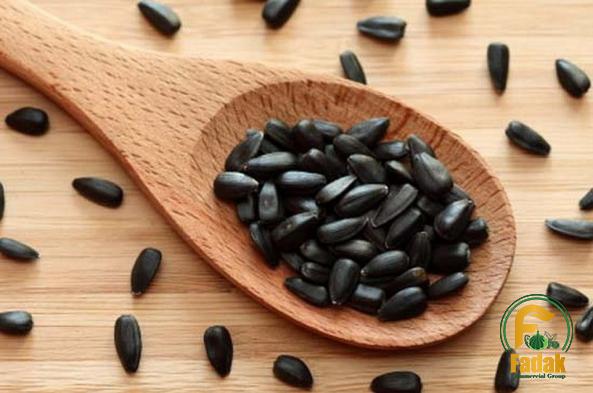 Sunflowers have a deep root system, which enables them to access water from deeper soil layers. However, it is essential to provide consistent moisture throughout the growing season, particularly during dry spells. Farmers should implement an appropriate irrigation system based on their farm’s capabilities, such as drip irrigation, pivot irrigation, or furrow irrigation. Monitoring soil moisture levels regularly, using moisture monitoring tools or techniques, can help determine the optimal timing and duration of irrigation. Striking a balance between avoiding water stress and preventing excessive moisture is key to ensuring crop health and avoiding problems such as mold growth or rot. VI. Nutrient Management and Fertilizer Application: Sunflowers have unique nutritional requirements, and adequate nutrient management is crucial to promote healthy plant growth and maximize yields. Conducting regular soil tests helps determine the soil’s nutrient content and assists in formulating an effective fertilizer management plan. Based on the soil test results, farmers can determine the appropriate types and quantities of fertilizers required for sunflower cultivation. Nitrogen, phosphorus, and potassium are the primary macronutrients that sunflowers require in significant amounts. Nitrogen is essential for promoting plant growth and yield, phosphorus aids in proper root development and seed formation, while potassium contributes to disease resistance and overall plant health. Applying fertilizers in multiple doses throughout the growing season is generally recommended, with the majority applied during the early phases of growth. Split applications allow the plant to utilize the nutrients effectively and minimize nutrient losses through leaching or runoff. VII. Pest and Disease Management: Effective pest and disease management strategies are crucial for protecting sunflower crops and ensuring a successful harvest. Sunflowers can be susceptible to various pests such as aphids, caterpillars, thrips, and seed weevils. Regular scouting and monitoring of crops for signs of pest infestations, indications of insect activity, or symptoms of damage can help identify problems early on. Implementing integrated pest management (IPM) techniques is advisable to minimize the use of chemical pesticides and promote sustainable farming practices. These techniques include practices such as crop rotation, natural predator introduction, and targeted insecticide application when necessary. Consulting with local agricultural extension services or pest management experts can provide valuable guidance on effective pest control measures. Additionally, sunflowers are prone to certain diseases, such as downy mildew, rust, and Sclerotinia head rot. Selecting disease-resistant varieties, practicing crop rotation, and maintaining proper plant spacing can help minimize the risk of disease outbreaks. Applying appropriate fungicides, as recommended by agricultural specialists, can provide additional protection against certain diseases. VIII. Harvesting and Post-Harvest Handling: Timing plays a crucial role in sunflower harvest to ensure optimum seed quality and maximum oil content. Harvesting sunflowers too early may result in lower seed yield, while delayed harvest might lead to shattering or contamination.
Sunflowers have a deep root system, which enables them to access water from deeper soil layers. However, it is essential to provide consistent moisture throughout the growing season, particularly during dry spells. Farmers should implement an appropriate irrigation system based on their farm’s capabilities, such as drip irrigation, pivot irrigation, or furrow irrigation. Monitoring soil moisture levels regularly, using moisture monitoring tools or techniques, can help determine the optimal timing and duration of irrigation. Striking a balance between avoiding water stress and preventing excessive moisture is key to ensuring crop health and avoiding problems such as mold growth or rot. VI. Nutrient Management and Fertilizer Application: Sunflowers have unique nutritional requirements, and adequate nutrient management is crucial to promote healthy plant growth and maximize yields. Conducting regular soil tests helps determine the soil’s nutrient content and assists in formulating an effective fertilizer management plan. Based on the soil test results, farmers can determine the appropriate types and quantities of fertilizers required for sunflower cultivation. Nitrogen, phosphorus, and potassium are the primary macronutrients that sunflowers require in significant amounts. Nitrogen is essential for promoting plant growth and yield, phosphorus aids in proper root development and seed formation, while potassium contributes to disease resistance and overall plant health. Applying fertilizers in multiple doses throughout the growing season is generally recommended, with the majority applied during the early phases of growth. Split applications allow the plant to utilize the nutrients effectively and minimize nutrient losses through leaching or runoff. VII. Pest and Disease Management: Effective pest and disease management strategies are crucial for protecting sunflower crops and ensuring a successful harvest. Sunflowers can be susceptible to various pests such as aphids, caterpillars, thrips, and seed weevils. Regular scouting and monitoring of crops for signs of pest infestations, indications of insect activity, or symptoms of damage can help identify problems early on. Implementing integrated pest management (IPM) techniques is advisable to minimize the use of chemical pesticides and promote sustainable farming practices. These techniques include practices such as crop rotation, natural predator introduction, and targeted insecticide application when necessary. Consulting with local agricultural extension services or pest management experts can provide valuable guidance on effective pest control measures. Additionally, sunflowers are prone to certain diseases, such as downy mildew, rust, and Sclerotinia head rot. Selecting disease-resistant varieties, practicing crop rotation, and maintaining proper plant spacing can help minimize the risk of disease outbreaks. Applying appropriate fungicides, as recommended by agricultural specialists, can provide additional protection against certain diseases. VIII. Harvesting and Post-Harvest Handling: Timing plays a crucial role in sunflower harvest to ensure optimum seed quality and maximum oil content. Harvesting sunflowers too early may result in lower seed yield, while delayed harvest might lead to shattering or contamination.
buy nut
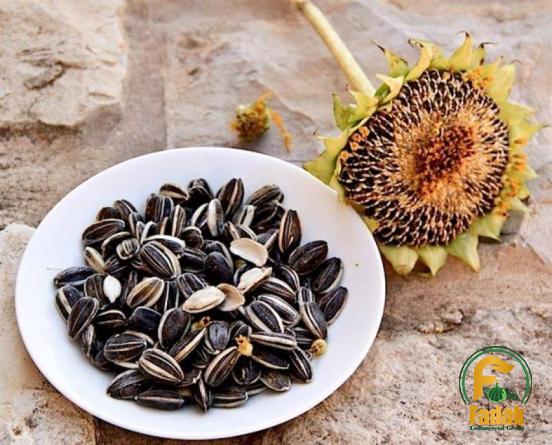 Monitoring the crop’s maturity and conducting seed tests can help determine the ideal time for harvest. When the sunflower heads turn yellow or brown, and the seeds appear firm and plump, it is an indication that the crop is ready for harvest. Farmers should aim to harvest when the moisture content of the seeds is around 12 to 14%. Moisture levels higher than this may lead to spoilage, while too low moisture content could result in seed damage during threshing. Proper post-harvest handling is crucial to maintain the quality and market value of sunflower seeds. Thoroughly drying the harvested seeds to a moisture content of 8 to 10% helps prevent mold growth and ensures longer storage life. Adequate storage conditions, including low humidity and protection from pests, can help preserve the quality of the seeds until they are ready for sale or further processing. IX. Market Opportunities and Export Potential: The demand for sunflower seeds and sunflower products has been steadily rising in both domestic and international markets, creating opportunities for Australian farmers. Sunflower oil, with its various culinary and industrial applications, has witnessed increasing popularity. Additionally, the rising consumer demand for healthy snacks has further bolstered the market for confectionery sunflower seeds. Australia exports a significant portion of its sunflower production to international markets, with countries such as New Zealand, Japan, and the United States being major importers. The global market dynamics, such as changing consumer preferences, trade policies, and price fluctuations, can impact the export potential and profitability of sunflower farming in Australia. Staying updated with market trends, assessing demand-supply dynamics, and exploring potential value-added opportunities within the supply chain can help farmers capitalize on market opportunities. X. Conclusion: Bulk sunflower seed purchases offer numerous advantages for Australian farmers looking to enter or expand their sunflower cultivation endeavors. By procuring seeds in large quantities, farmers can enjoy cost-effectiveness, increased availability, and convenient sourcing. Ensuring seed quality, selecting the right variety, and following recommended cultivation practices, such as soil preparation, proper spacing, irrigation, and nutrient management, are essential for successful sunflower farming. Effective pest and disease management, timely harvesting, and proper post-harvest handling are critical steps to maintain crop health, seed quality, and market value. Understanding market trends, exploring export potential, and embracing value-added opportunities can contribute to the long-term profitability and sustainability of sunflower farming ventures in Australia. With careful planning, adherence to best practices, and an understanding of market dynamics, Australian farmers can cultivate sunflowers successfully and tap into the growing demand for sunflower products domestically and internationally.
Monitoring the crop’s maturity and conducting seed tests can help determine the ideal time for harvest. When the sunflower heads turn yellow or brown, and the seeds appear firm and plump, it is an indication that the crop is ready for harvest. Farmers should aim to harvest when the moisture content of the seeds is around 12 to 14%. Moisture levels higher than this may lead to spoilage, while too low moisture content could result in seed damage during threshing. Proper post-harvest handling is crucial to maintain the quality and market value of sunflower seeds. Thoroughly drying the harvested seeds to a moisture content of 8 to 10% helps prevent mold growth and ensures longer storage life. Adequate storage conditions, including low humidity and protection from pests, can help preserve the quality of the seeds until they are ready for sale or further processing. IX. Market Opportunities and Export Potential: The demand for sunflower seeds and sunflower products has been steadily rising in both domestic and international markets, creating opportunities for Australian farmers. Sunflower oil, with its various culinary and industrial applications, has witnessed increasing popularity. Additionally, the rising consumer demand for healthy snacks has further bolstered the market for confectionery sunflower seeds. Australia exports a significant portion of its sunflower production to international markets, with countries such as New Zealand, Japan, and the United States being major importers. The global market dynamics, such as changing consumer preferences, trade policies, and price fluctuations, can impact the export potential and profitability of sunflower farming in Australia. Staying updated with market trends, assessing demand-supply dynamics, and exploring potential value-added opportunities within the supply chain can help farmers capitalize on market opportunities. X. Conclusion: Bulk sunflower seed purchases offer numerous advantages for Australian farmers looking to enter or expand their sunflower cultivation endeavors. By procuring seeds in large quantities, farmers can enjoy cost-effectiveness, increased availability, and convenient sourcing. Ensuring seed quality, selecting the right variety, and following recommended cultivation practices, such as soil preparation, proper spacing, irrigation, and nutrient management, are essential for successful sunflower farming. Effective pest and disease management, timely harvesting, and proper post-harvest handling are critical steps to maintain crop health, seed quality, and market value. Understanding market trends, exploring export potential, and embracing value-added opportunities can contribute to the long-term profitability and sustainability of sunflower farming ventures in Australia. With careful planning, adherence to best practices, and an understanding of market dynamics, Australian farmers can cultivate sunflowers successfully and tap into the growing demand for sunflower products domestically and internationally.
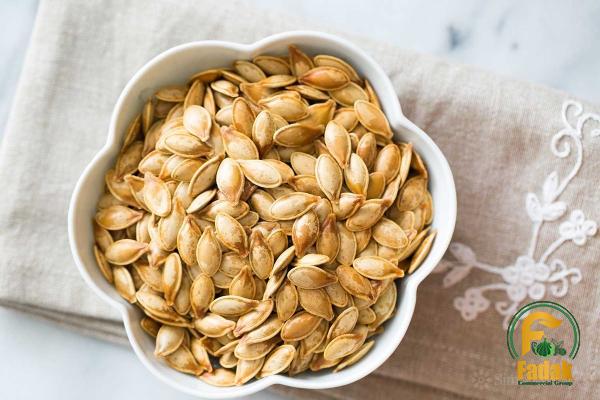
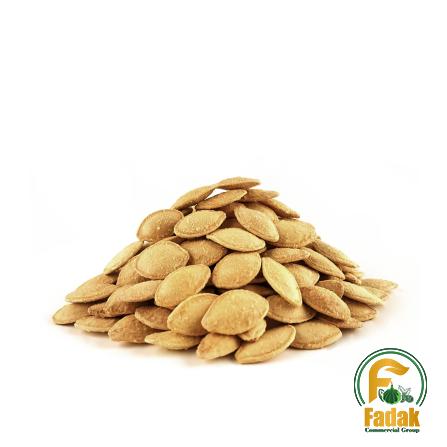

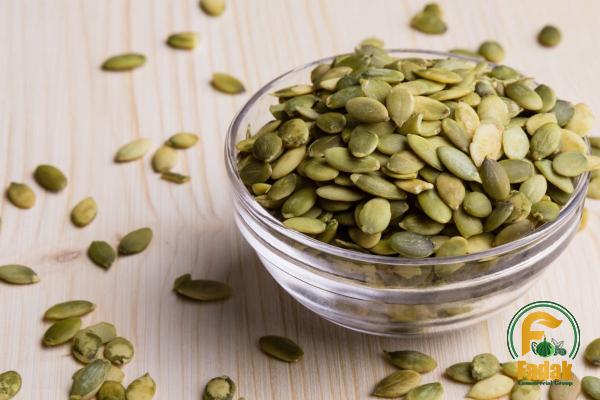
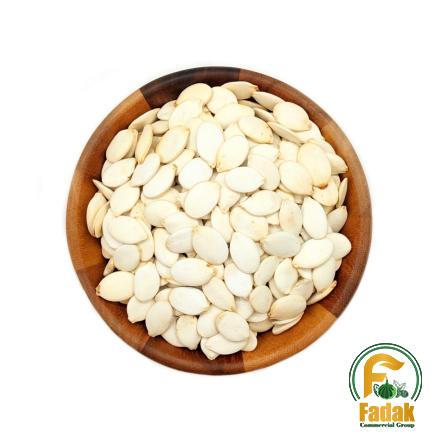
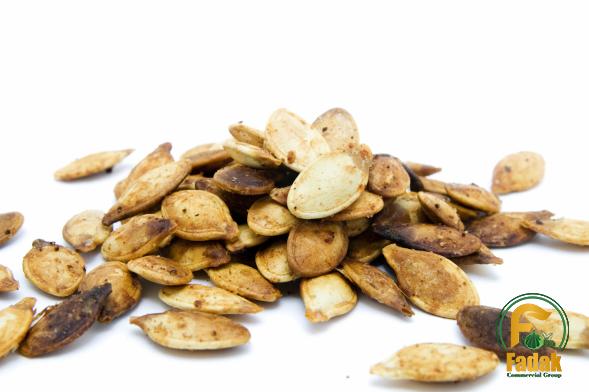
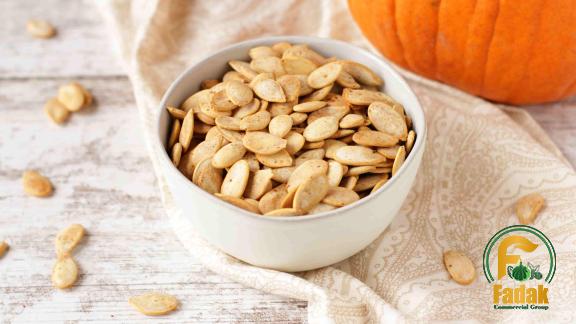
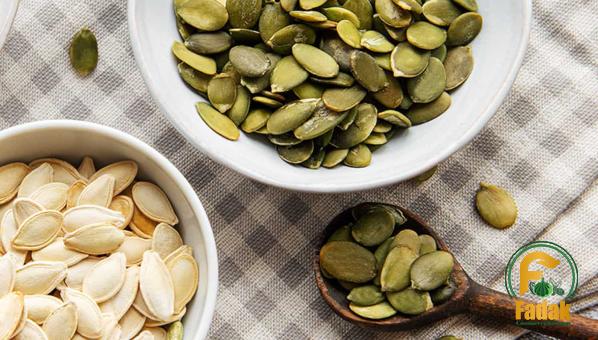

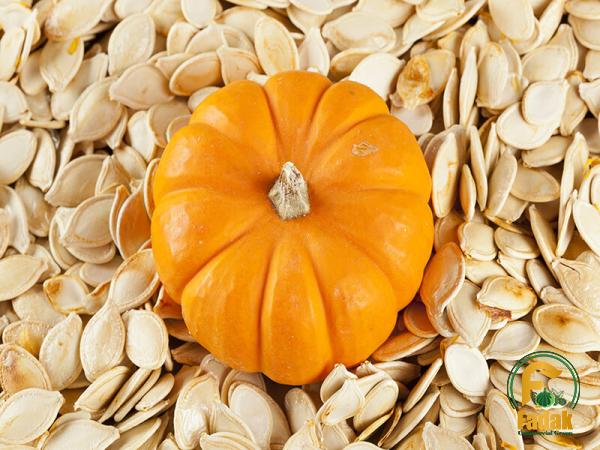
Your comment submitted.